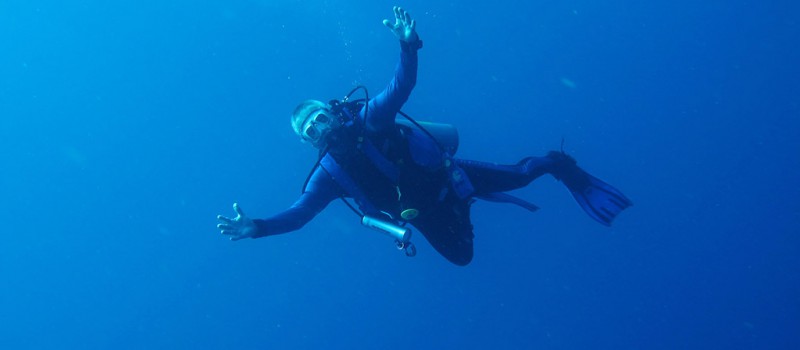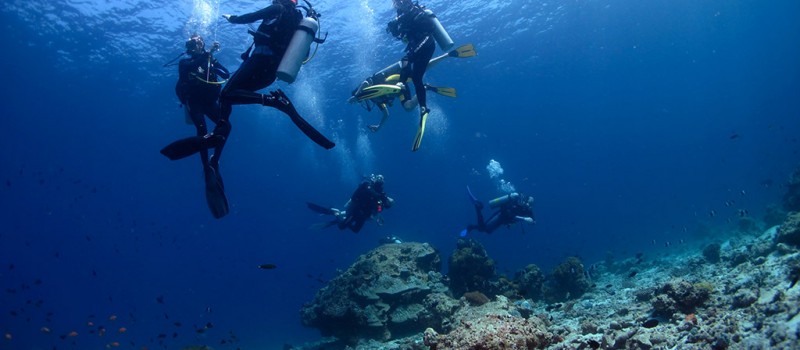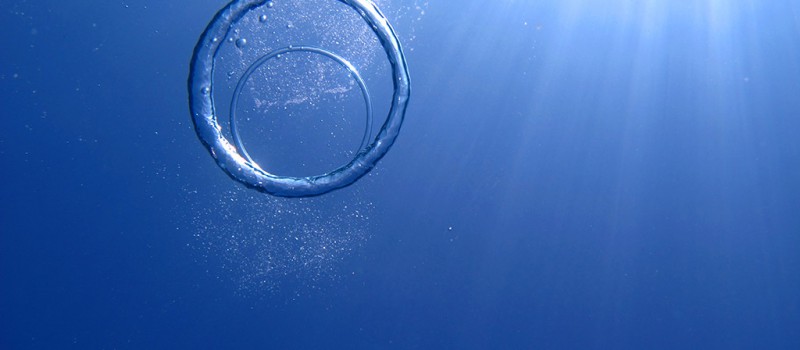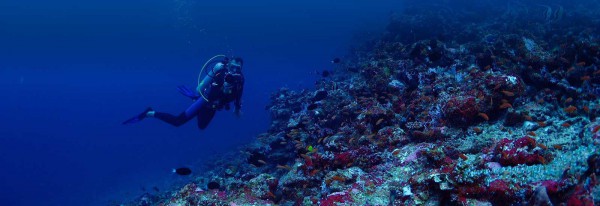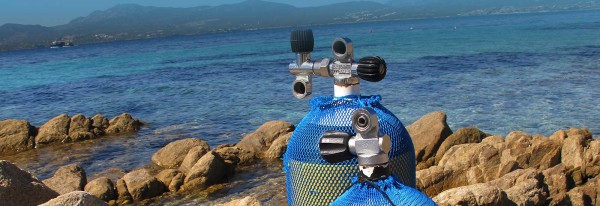Has it ever happen to you to be diving an amazing spot and right at the peak when the manta was passing by or when the sharks started to get closer the dive master had to close the dive because someone in your group was low on air? And, maybe, that someone was you?
We thought it was useful to write this guide because we believe that there is not enough information about air consumption and breathing techniques in the standards of scuba courses and we wanted to create a comprehensive guide to help people to consume less air thus enjoying more their dives.
From the first few dives you realise how important is to consume little air but how can you control that?
What makes you use a lot of air?
Let’s first analyse what influences the quantity of air the we use.
Body structure
Of course one of the first things that you have to take into consideration when analysing your air consumption is your body. A 12 year old girl will use much less air than a 35 year old rugby player; does this make sense? The girl’s lungs are way smaller, needing less air to be filled up and there are way less muscles and tissues requiring oxygen.
Physical condition
It doesn’t only depend on how much your body needs but also on how your present physical conditions are. Are you fit? When you’re stressed, you haven’t slept much or you’re tired the body is not functioning at its 100% so it’s less operational. This may not only be dangerous for scuba diving but will also cause your need of more air.
Equipment
Your equipment and its status can also be responsible for your using too much air.
Size and Comfort: Does your BCD fit properly or does it float from left to right? Is your wetsuit warm and comfortable enough? When you are cold and start to shiver you use more air, when you have to keep holding the tank straight behind your back you use more air as well.
Quality and Status: Is your regulator too hard to breath from? Does your low pressure gauge loose air? When you’re making too much effort to breath, on the long run, you’ll use more air. When the low pressure gauge, the first stage and even the manometer (the SPG), all lose air this also will add, or better subtract, to your bottom time.
Buoyancy
Your buoyancy control is also playing a main role on how much air you use. First of all the more you play with your BCD’s low pressure inflator the more air you waist.
Secondly, a good buoyancy means less effort and more relax underwater, you go where you want without stress. Third, your buoyancy is mainly given by A) the right amount of weight; and B) by how you breathe.
Movements
How do you swim while diving? Do you use your hands? Do you keep moving? Are you hydrodynamic? Diving is a very relaxing, lazy and low-movement sport, the more you move underwater the more air you’ll need, the quicker you go through all your air.
How can you consume less air?
Now that we’ve been through what makes you consume air underwater let’s see how we can save it, consume less and get the best out of our dives.
Out-of-the-water tips
First things first. At least before going on a diving holiday, conduct a healthy life: eat properly and reduce smoking and alcohols.
Yoga is probably the best sport you can do to learn how to control your breath. The way you breathe during your yoga session can be taken with you underwater.
Pre-dive / surface tips
Before jumping into the water or when you’re on the surface close your eyes for a minute and visualise yourself underwater, completely relaxed. Go through your dive, step by step. From the inflowing in the water, may it be with the giant stride or with the back roll, from the surface to the descend. Deflating your BCD. While equalising your ears and sinuses and getting your buoyancy sorted. Checking out your camera and where the guide is taking you. The direction of the current. And so on… This is a visualisation technique and it’s also called autogenic training and yes, it really works! Speak to yourself and say sentences like “I’m completely relaxed, my body is totally relaxed and need very little air, I’m using very little air.”
Underwater tips
Underwater there are two main areas where you can improve:
A) how you move underwater; and B) how you breathe.
Moving underwater
- Firstly, it’s essential that you don’t use your hands, swim around only with your legs. Use them as long levers, in slow and exaggerated movements.
- Secondly, you need to master an efficient fin kick, this is done with your legs straight and by waiting between your fin kicks. When you keep fin kicking you reduce the efficiency of each kick. You will now need more kicks to move and this will make you consume more air. No “bicycle kicking” using your knees.
- Never swim against the current. When drift diving, always do your best to go with the current, if you need to change direction swim transverse to the current and stay close to the bottom or use the wall to be protected from the current.
Breathing underwater
Before explaining how to breath underwater I would like to make sure you don’t try to hold your breath to try saving air. Remember the first rule of diving! This is very dangerous (see lungs over expansion) and this actually, on the long run, makes you consume more air.
As mentioned before, breathing underwater is similar to breathing while doing yoga.
- Breath in and out like you were using a straw. Slowly sip in and out air.
- Depending on our training and lung capacity this can take between 5 and 10 seconds for breathing in and the same for breathing out.
Conclusion
As you’ve read, using less air while diving is a mixture of inner and external factors. The more you can optimise the longer you’ll be able to stay underwater , the more you will get from your diving experience.

